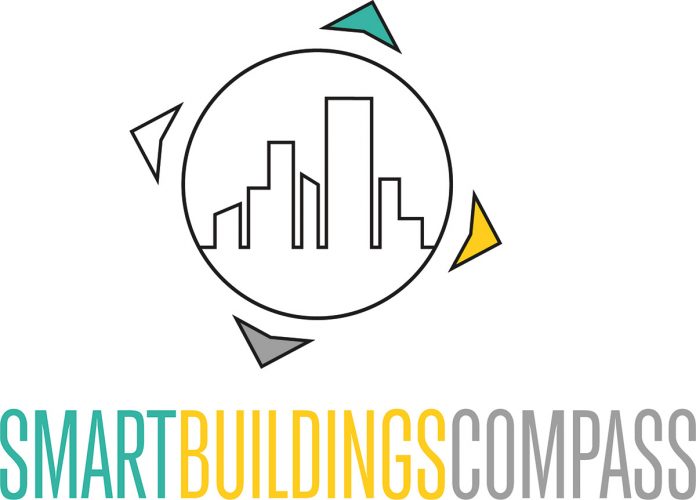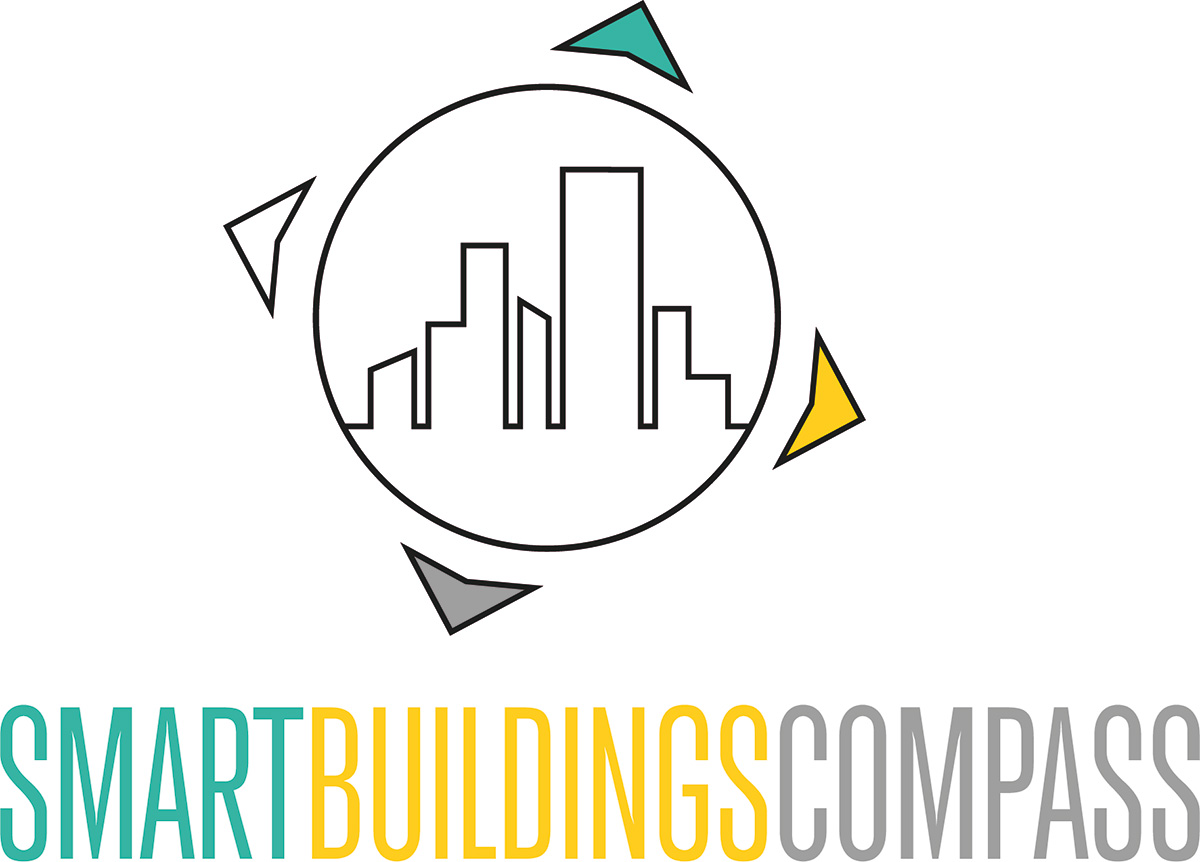The earth is 71% covered with water. The rest is land area with an extent of about 149 million km². Dignity humanity spreads out over the water, cities could be built on the area of 510 million km². That sounds promising, especially in light of an ever-changing world facing increasing challenges. But, what impact this project could have on the earth and how the implementation of these projects will be done is far from clear.
Population growth, climate change and rising sea levels are among the reasons why architects, visionaries and scientists are looking for innovative solutions to make our way of life more sustainable and resilient. One such intriguing idea is floating cities. Inspired by the need to adapt to the effects of climate change and use limited resources more efficiently, floating cities could be a promising solution. Many problems of the future can be answered in this way. The focus is on building the most climate-friendly city possible to meet the demands of future life.
Sustainability and environmental friendliness
Floating cities offer an opportunity to break away from traditional urban structures that often increase pressure on natural ecosystems. By using floating platforms, cities could be built in near-shore waters or even on the high seas. This would allow sensitive coastal areas and fertile land to be preserved while still allowing residents to live in close proximity to the ocean. Such cities could be powered by sustainable energy sources such as solar, wind, and tidal power to reduce dependence on fossil fuels and cut CO2 emissions.
Adaptation to climate change
Climate change poses a variety of challenges, including rising sea levels, more extreme weather conditions, and an increase in natural disasters. Floating cities are designed to better withstand these threats. By using floating foundations and flexible structures, these cities can adapt to changes in water levels without compromising their integrity. In addition, they could have mobile properties to move to a safe location in the event of natural disasters or changing environmental conditions. The plans of most prototypes provide for modules to be individually arranged within the city itself. This allows for a flexible structure that is not possible in classic cities on land – because once built, they are firmly “anchored”.
Overpopulation and land scarcity
Floating cities could offer a promising solution to the problem of overpopulation and limited available land. Densely populating the earth is one of the greatest challenges facing our society, and the population continues to grow. The resulting urbanization leads to crowded cities, traffic problems, environmental pollution, and high pressure on limited resources. About two-thirds of the world’s population live near the coast. Therefore, floating cities could help provide additional space to live and work for the growing population without taking up valuable land. The aim is to reduce pressure on overcrowded metropolitan areas and restore the balance between rural and urban areas.
Challenge: Integrating sustainable technology and innovation
The development of floating cities requires a wide range of sustainable technologies and innovative concepts. Research and development of new building materials, energy sources, wastewater systems, and autonomous transportation is essential to make these cities a reality. This innovative strength could also have a positive impact on other areas and pave the way toward a sustainable society.
Criticism
The question of what impact floating cities will have on the oceans and its inhabitants is, as mentioned above, far from settled. The answer to this question will probably only be available once the cities have actually been realized. However, some points of criticism are already known. Technical challenges, social aspects and the question of financing must be clarified in advance.
The construction and maintenance of floating cities requires advanced technologies and infrastructure. In addition, exposure to marine weather, salt water, and corrosion could make construction and maintenance more complex and costly.
That being said, as has already been discussed with NEOM’s “The Line” project, relocating people and creating new communities could present social and cultural problems. The needs and rights of residents must therefore be adequately addressed.
Last but not least, the contentious issue of “money” also plays a major role. The development of floating cities requires significant financial investment and support from governments, private companies, and the international community. Long-term financing models are necessary to implement these ambitious projects.
Future on the sea
Floating cities could be an answer to some of the most pressing challenges of the future. With their potential to promote sustainable lifestyles, adapt to climate change, mitigate overpopulation, and advance new technologies, they could become a hopeful way to shape the future of our society.
Of course, they also represent a complex and challenging idea that will continue to require extensive research, collaboration and investment. But if the technical, social and financial challenges are overcome, floating cities could become a promising example of a sustainable and resilient future. However, it is important to consider them as part of a comprehensive approach that also includes measures to promote sustainable urban development, improve infrastructure and protect natural habitats.






